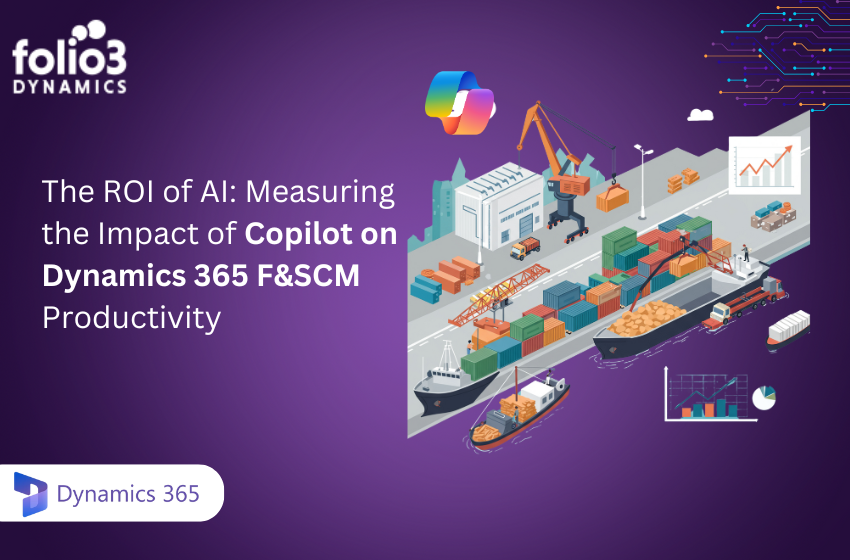The world has been making tremendous advancements in every field and technology is no exception to that. Many organizations and businesses all around the world are striving to integrate their companies and firms with the most advanced tools out there to maximize their productivity.
Microsoft Dynamics 2011 Customer Relationship Management (CRM) has already stopped providing its services in July 2016. All the businesses using this system considered the suitability of migrating their data to Microsoft Dynamics 365. And for a business wishing to compete in today’s technological race, where customer knowledge and understanding are valued over price, one needs to have the latest CRM features. Microsoft Dynamics 365, with all the advanced tools, can provide you with ease of accessibility, data security and what not.
Why should you migrate data from Dynamics CRM 2011 to Dynamics 365?
You must be wondering why you should choose Microsoft Dynamics 365. Here we have mentioned a few reasons why you should probably consider data migration from Dynamics CRM 2011 to Dynamics 365.
-
Vital business understandings
Dynamics 365 allows you to develop real-time business understandings and insights. This ensures that all business functions are being accomplished in sync with the standard Key Performance Indicators.
-
Easy accessibility
By using Microsoft Dynamics 365, you can have access to your data anywhere and at any time through licensed mobile apps, which are very user-friendly and are available to iOS, Android and Windows likewise so you can stay connected with your customers round the clock.
-
Monitoring Social Media
Using Dynamics 365, you can observe your chats, posts, or other pertinent content through competent and smart social commerce applications allowing companies and corporations to get familiar with the target audience and assemble marketing tactics to enhance your client engagement.
-
Data security
This software can help you protect the data through strong access controls that comprise physical data center, network connectivity, and user/administrator permit levels.
-
Contact administration
You can compile, update, arrange, and even archive customers’ personal contact information which can enable its users to seamlessly organize and regulate their essential CRM Data.
-
Thoughtful budgeting
Dynamics 365 helps you monitor and analyze the service prerequisites to anticipate prospective requirement trends to smartly complete due financial costs.
Migration Of Data From Dynamics CRM to Dynamics 365
Now that you are familiar with the benefits of Dynamics 365, here comes the main part. MIGRATION OF THE DATA. Before going through the actual process of data migration, let’s first go through a few important considerations that you might need to pay attention to before migrating your data.
Licensing
One of the key factors while considering the data migration from Dynamics CRM to Dynamics 365 is the licensing model.
This licensing standard is used to control recurring operating payments, a probable barrier for corporations that cannot pay for technical expenses at an operational level.
GDPR
Another strong characteristic to be considered before making a migration decision can be the security of personal data. The migrated CRM application may keep customers’ personal data, therefore all the essential legal actions should be taken in order to guarantee that the migrated information can be stored well.
Progressive Migration
The migration process is a progressive process. One can not simply jump directly from Dynamics CRM to Dynamics 365. You will have to migrate from 2011 to 2013, then from 2013 to 2015, 2015 to 2016, and only then will you be eligible to migrate to Dynamics 365.
Process of Migrating Data from Dynamics CRM to Dynamics 365
Here’s a simple and brief guide for you to ensure that migration of data from Dynamics CRM to Dynamics 365 is accomplished according to correct standards.
Preparation of Dynamics 365 environments
The first step in the data migration is to ensure the beginning of two online environments, an isolated test environment I.e, Sandbox and the production environment which is essentially the final destination of our CRM. This step is to be done by the implementation partner
Evaluation
The major step involved in the migration of data from Dynamics CRM to Dynamics 365 is the evaluation of the application of Dynamics CRM. For that purpose it is usually recommended that this inspection be made both technically and in terms of company processes.
Finding the solution to the problems identified in process of the evaluation
Technical difficulties can be deciphered both in the on-premise setting or directly in the online setting. The conclusion on the setting is made accordingly.
DRY RUN 1 (Identification)
What is a dry run? A dry run is a testing method that emulates the import of information to determine what difficulties still remain in the system that were not fulfilled in the evaluation stage.
Finding the solution to the DRY RUN 1 problems
Figuring out the recognized difficulties or problems can be done instantly in the Dynamics CRM on-premise source environment, and the differences can be relocated using an online solution for retesting.
By doing so, we decrease the likelihood of their recurrence in the final migration.
DRY RUN 2 (Evaluation)
In conducting the second DRY RUN we need to redo the phases described formerly, but only after removing all the data from DRY RUN 1. This guarantees that we fully comprehend the steps and actions needed for the actual migration.
Final Migration
The same steps are to be repeated and then finally we cut all the access to Dynamics CRM Application and prepare the database for import. Then you need to export the database from Dynamics CRM and import it to Dynamics 365.
Go Live and check up for the one last time.
Conclusion
Migrating data from Dynamics CRM to Dynamics 365 is not a small task to perform but it requires months of planning, training and testing to guarantee that the system works perfectly alright.
But to keep pace with all the advancements this world has made so far, we need to continuously update our systems to compete in this technological world.


